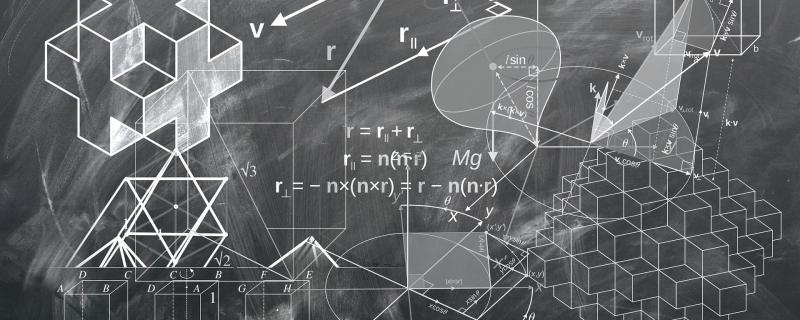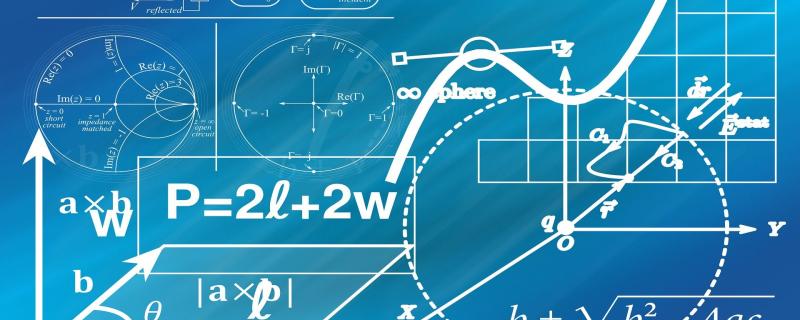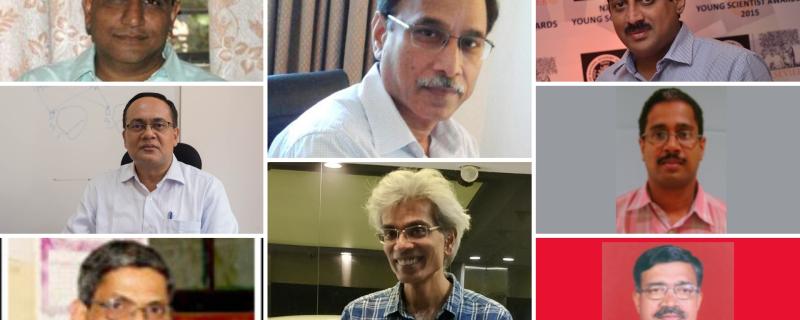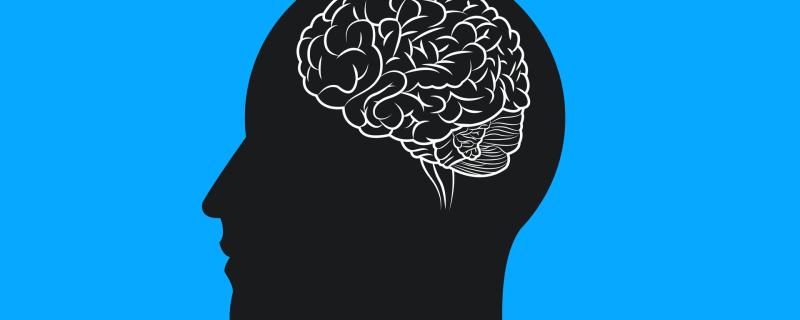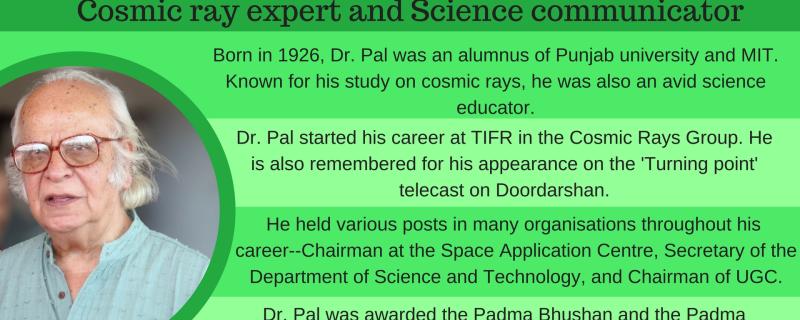We all know that the geometric object of minimal surface area amongst all shapes with a fixed volume is the round ball, whose boundary is spherical. Water blobs try to minimise surface area and curl into spherical droplets. The physical problem of surface-area minimisation is thus quite well understood. What about the opposite problem of surface-area maximisation? Does the problem even make sense? Indeed it does. Trees try to maximise surface area to get the most of sunlight through their leaves.
Gelechia bilobuncusa (top, left: ), Gelechia adi (top, right), and Istrianis ladakhensis (bottom). Image credit: Authors, https://doi.org/10.11646/zootaxa.5728.1.6
New Delhi/

